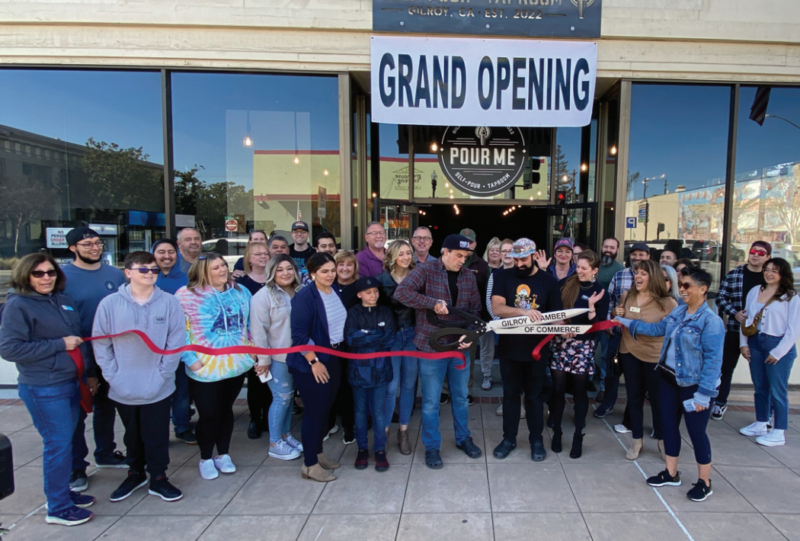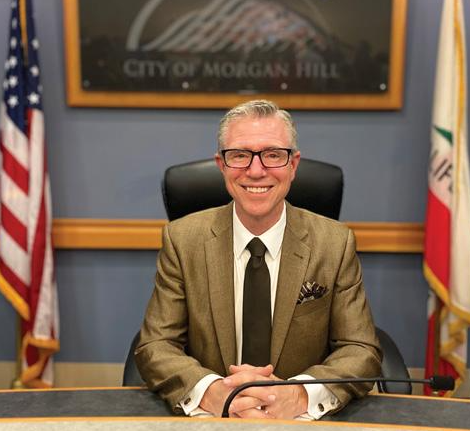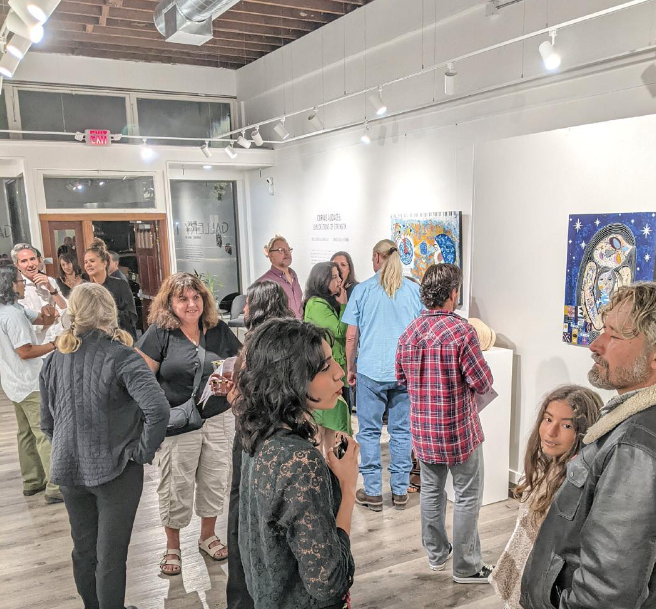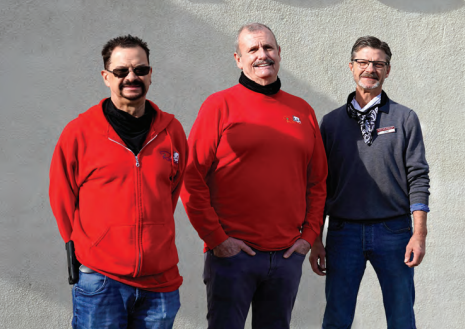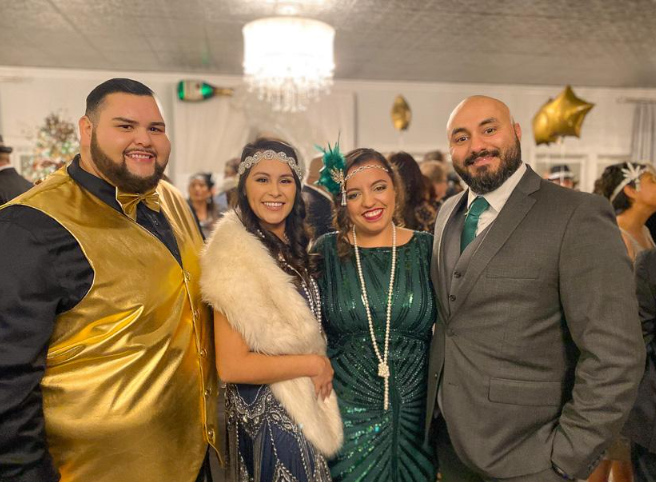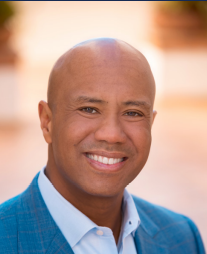Teaching History in the Garden
Honoring the Amah Mutsun
Amah Mutsun Native Garden at Villa Mira Monte Native Garden Teaches Indigenous History
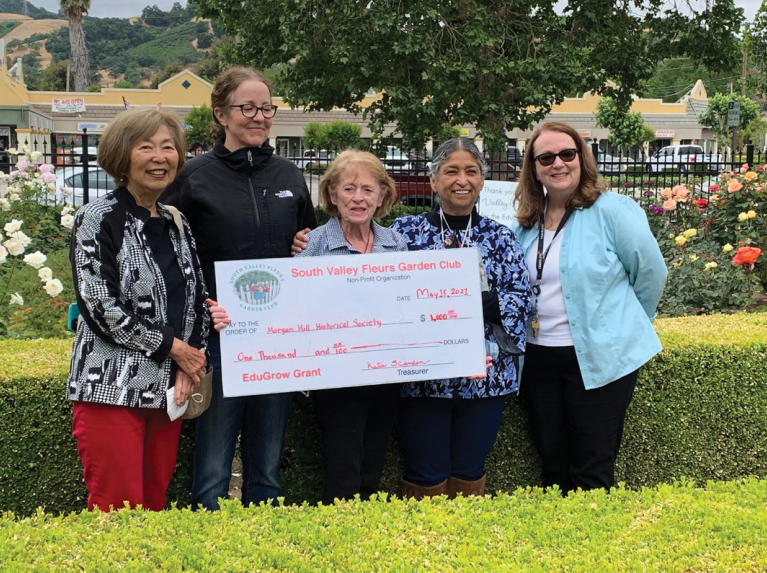

In addition to her show, Napoli was inspired by the Amah Mutsun Tribal band of Native Americans’ Native Garden in San Juan Bautista, which honors their history in a tactile way. She jumped at a chance, in 2019, to transform the rose garden at the Villa Mira Monte, which houses the Morgan Hill Historical Society, into a local Native Garden, as a device for teaching about the Native people who shaped this area and whose ancestors still live here today. The garden was funded from two EduGrow-Planting-to Learn grants from the South Valley Fleurs Garden Club, and relied upon volunteers like Kathy Devine and Nikki Carpendale to source and plant the various plants.
Some of the plants include grasses, bushes and fruit that the Amah Mutsun used for food, medicine, basket weaving, hunting and fishing, such as gum plant, deer grass, soap plant, white sage, mugwort, and yarrow.
There are opportunities to teach with the garden at multiple levels, Napoli said. “Even the words we use to describe the plants don’t tell the full story,” Napoli pointed out. “We have words that represent the Spanish, that represent the Native Americans but people don’t know them.” She feels that putting in a native garden, with plants indigenous to the area that the Amah Mutsun actually used, “was a way to expand the conversation.”
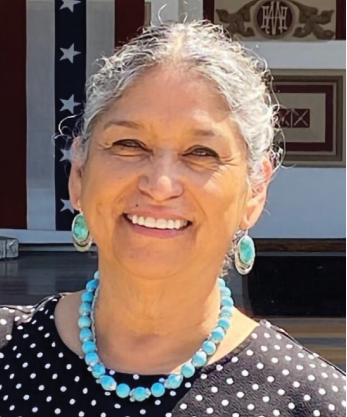

In some of her presentations, Napoli will lay out a timeline that represents 10,000 years of human history. With masking tape she highlights 1000 year increments to show, “graphically, and concretely” how long the Native Americans have been here. “If you do the calculations that Spanish explorers came around 1769 and you count up to 2023, that’s only 250-some years over 10,000. Native Americans have been here for between 12,000 and 15,000 years. 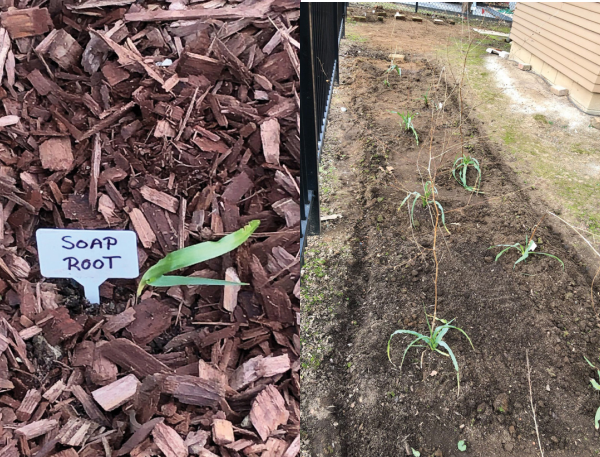

When discussing history, Napoli feels strongly that the voices of all the people that have shaped the area must be included, such as the Amah Mutsun Native Americans, as well as Mexican, Japanese, Chinese and Filipino communities. “We should be telling the whole history because these communities built this valley, and yet when you talk about the historical value, it’s lost,” Napoli said.
Born in San Jose, as a member of the Susanville tribe of Native Americans, the Maidu, Napoli claims deep roots to the area, and feels that the stories of Native Santa Clara County and Morgan Hillians often go untold. As a board member for the Morgan Hill Historical Society, Napoli said, “My motivation is always–this is my history, and I think I should tell it. Being able to tell about a Native American born and raised in San Jose, working in Morgan Hill and San Martin just makes sense. We should be able to tell our stories.”
Napoli does her best to reverse, as much as possible, the “erasing of language, culture, and people” through all her educational strategies. She added, “It’s important to tell the true history. It’s important to see a person of color coming into the classroom and saying to the kids ‘you should be proud of your culture and your language.’”

